Home>Garden Essentials>What Does Pampas Grass Seeds Look Like
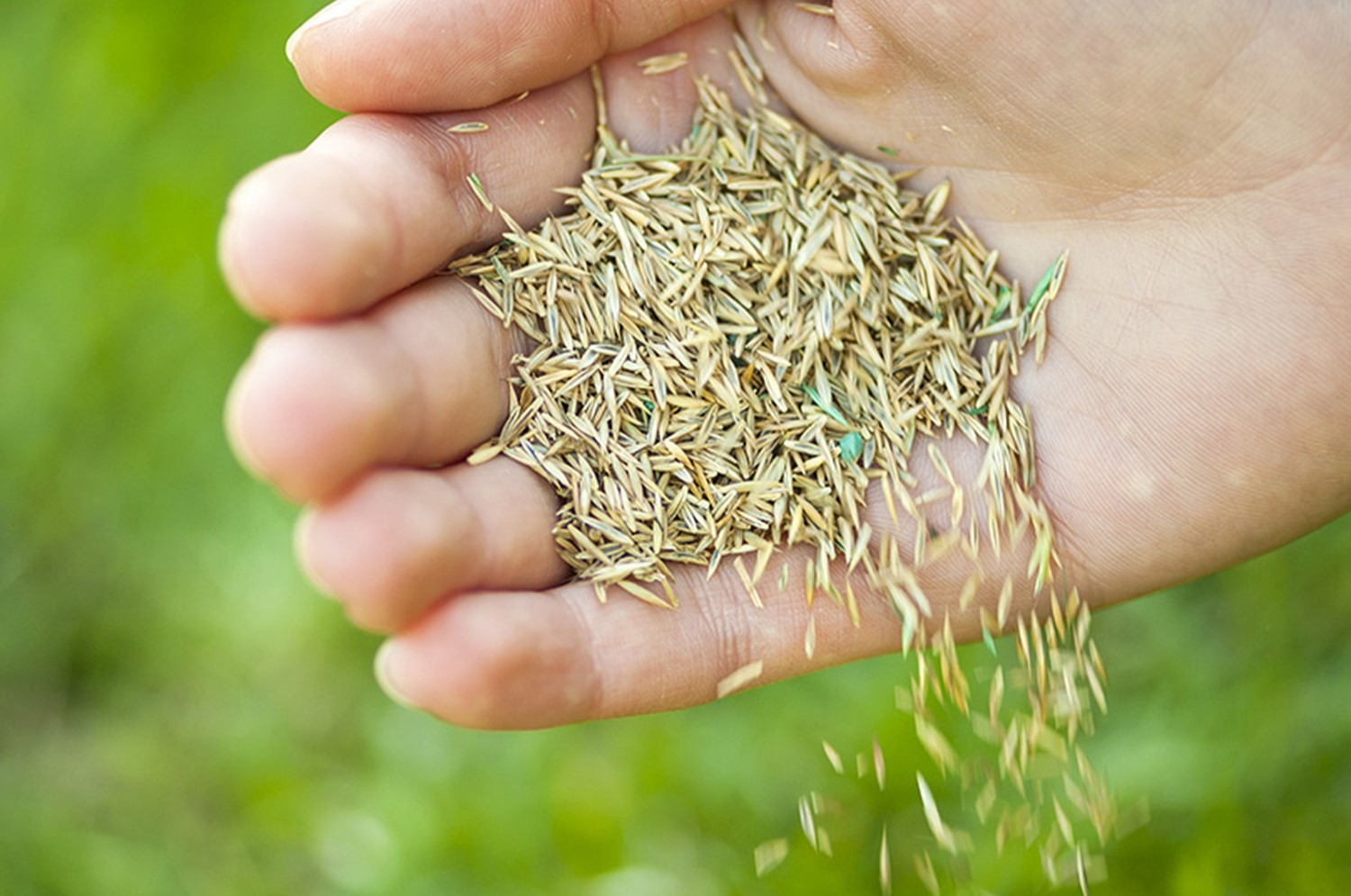

Garden Essentials
What Does Pampas Grass Seeds Look Like
Modified: May 6, 2024
Discover what pampas grass seeds look like and how to incorporate them into your garden. Find out more about this beautiful and popular ornamental grass.
(Many of the links in this article redirect to a specific reviewed product. Your purchase of these products through affiliate links helps to generate commission for Storables.com, at no extra cost. Learn more)
Introduction
Welcome to the fascinating world of pampas grass! Known for its stunning plumes and graceful presence, pampas grass is a popular choice for gardens, landscapes, and floral arrangements. While many people are familiar with the beauty of the grass itself, not everyone is aware of what pampas grass seeds look like. In this article, we will explore the appearance, colors, size, texture, and germination process of pampas grass seeds, shedding light on this lesser-known aspect of this remarkable plant.
Pampas grass (Cortaderia selloana) is native to South America and has become widely cultivated around the world for its ornamental value. It is a tall perennial grass that can reach heights of up to 10 feet or more. The grass features sturdy, arching stems with feathery plumes that sway gracefully in the wind. These plumes come in various shades of white, cream, pink, and even purple, adding a touch of elegance to any landscape or bouquet.
But before those beautiful plumes can adorn your garden, pampas grass begins its journey as tiny, delicate seeds. Understanding what pampas grass seeds look like can help you identify them during planting or when collecting seeds for propagation.
Key Takeaways:
- Pampas grass seeds are small, oval-shaped, and come in colors like beige, pink, and light brown. They have a bumpy texture and need warmth, moisture, and light to germinate into beautiful grass plants.
- The germination process of pampas grass seeds is an exciting journey that leads to the growth of magnificent grass plants. By providing the right conditions of moisture, warmth, and light, you can successfully cultivate pampas grass from seed and witness the transformation of these seeds into vibrant plants.
Read more: What Does Dead Pampas Grass Look Like
Appearance of Pampas Grass Seeds
Pampas grass seeds are relatively small and can vary in appearance depending on their maturity. When they are mature and ready for dispersal, the seeds take on a distinctive appearance, making them easily recognizable.
The seeds of pampas grass are elongated and oval-shaped, similar to grains of rice. They have a slightly pointed end and a smooth surface. The color of the seeds can range from pale beige to light brown, with some seeds displaying a hint of pink or reddish tones. This subtle variation in color adds a touch of visual interest to the seeds.
When examining pampas grass seeds closely, you may notice that they have tiny grooves or ridges running along their surface. These grooves give the seeds a textured appearance, almost resembling the veins on a leaf. These ridges help to anchor the seeds in the soil during germination, providing stability as they sprout and grow.
While pampas grass seeds may seem unremarkable compared to their stunning plumes, they possess a unique charm of their own. Their delicate shape and textured surface showcase the intricate design of nature and hold the promise of new life.
Now that we have explored the appearance of pampas grass seeds, let’s delve into the beautiful array of colors that these seeds can exhibit.
Colors of Pampas Grass Seeds
Pampas grass seeds exhibit a range of colors that can add visual interest to your garden or floral arrangements. While the most common color is a pale beige, akin to creamy white, there are variations and tints that make these seeds even more captivating.
Some pampas grass seeds can have a slightly pink or reddish hue, adding a subtle warmth to their appearance. These seeds may have a touch of blush or a gentle flush of color, resembling the soft glow of a sunset. The infusion of pink or red tones can create a unique contrast when paired with the grass’s iconic white or cream-colored plumes.
In addition to the predominant beige and pinkish colors, pampas grass seeds can also exhibit light brown shades. These seeds may have deeper, earthy tones, reminiscent of autumn leaves or rich soil. The interplay of these brown hues with the feathery plumes can lend a natural, rustic charm to any landscape.
The various colors of pampas grass seeds allow for endless possibilities in garden design and floral arrangements. You can choose seeds with a uniform color for a clean, minimalist look or opt for a mix of different shades to create a vibrant and eclectic display. These seeds serve as a versatile element in your garden and can complement a wide range of color palettes.
Now that we have explored the captivating colors of pampas grass seeds, let’s delve into their size and understand how it contributes to their unique charm.
Size of Pampas Grass Seeds
Although small in size, pampas grass seeds play a significant role in the growth and propagation of this stunning plant. Understanding their size can give you a better idea of how these seeds interact with the surrounding environment.
Pampas grass seeds are relatively small, measuring approximately 2-3 millimeters in length. They are comparable in size to a grain of rice or a small bead. This compact size allows for easy dispersal by wind, animals, or water, ensuring the wide distribution of the plant’s seeds.
Due to their small size, pampas grass seeds can easily blend in with the grass itself or the surrounding soil. Their discreet presence is essential for successful natural reseeding and allows for the plant to regenerate and thrive in different locations.
While pampas grass seeds may seem diminutive, their size belies the potential they hold. Each tiny seed carries the ability to grow into a majestic grass plant, with towering plumes and an impressive presence in any landscape.
Now that we have explored the size of pampas grass seeds, let’s dive into their texture and feel to uncover another intriguing aspect of these remarkable seeds.
Pampas grass seeds are small and fluffy, resembling tiny feathers. They are usually light brown or beige in color and can be easily blown by the wind for dispersal.
Texture of Pampas Grass Seeds
Pampas grass seeds have a unique texture that adds to their allure. When you hold these seeds in your hand, you can feel their delicate yet resilient surface.
The seeds of pampas grass have a smooth and glossy exterior. Running your fingers over them, you will notice the slight coolness and polished feel of the seeds. Their smooth texture is a testament to their adaptability and ability to withstand various environmental conditions.
Upon closer inspection, you may also observe tiny grooves or ridges running along the surface of pampas grass seeds. These grooves give the seeds a slightly bumpy texture, similar to the veins on a leaf. The ridges serve a purpose beyond aesthetics – they provide stability when the seeds are nestled into the soil during germination.
As you handle the seeds, you may also notice a subtle lightness. Pampas grass seeds are lightweight, which aids in their dispersal by wind. It is fascinating to feel the weightlessness of these seeds, imagining how effortlessly they can travel to find new places to grow.
The combination of smoothness, grooves, and lightness in texture gives pampas grass seeds a tactile quality. It’s almost as if the seeds invite you to explore and appreciate their unique characteristics.
Now that we have explored the texture of pampas grass seeds, let’s move on to understanding the germination process of these seeds and how to bring them to life.
Read more: What Does Crabgrass Look Like
Germination Process of Pampas Grass Seeds
The germination process of pampas grass seeds is a fascinating journey that leads to the growth and development of these majestic plants. Understanding the steps involved in germination will help you successfully cultivate pampas grass from seed.
Pampas grass seeds have a natural dormancy period, which means they require proper conditions to break their dormancy and initiate germination. These conditions typically involve a combination of moisture, warmth, and light.
Before you start the germination process, it is important to prepare the seeds. Scarification, a process of gently scratching or nicking the seed coat, can help to improve germination rates. This can be done by lightly rubbing the seeds with sandpaper or soaking them in warm water for a few hours.
Once the seeds are prepared, they can be sown directly in the soil or started indoors in pots or trays. If sowing outdoors, choose a sunny location with well-draining soil. Create a small indentation in the soil and place the seeds, patting them gently to ensure good soil contact. Water the area lightly to keep the soil moist but not waterlogged.
If starting seeds indoors, fill trays or pots with a well-draining potting mix. Press the seeds gently into the soil, making sure they are not buried too deep. Cover the trays or pots with a plastic cover or wrap them in a clear plastic bag to create a humid environment. Place them in a warm area, such as near a window or under a grow light.
It usually takes about 2-3 weeks for pampas grass seeds to germinate, although it can sometimes take longer. During this time, it is important to keep the soil consistently moist and provide adequate light and warmth. Once the seeds sprout, remove the plastic cover or bag and continue to care for the seedlings as they grow.
As the pampas grass seedlings develop, they will begin to form their characteristic long, arching blades. It is important to provide regular watering and well-draining soil to ensure healthy growth. Over time, these seedlings will mature into impressive grass plants, producing their iconic plumes that sway gracefully in the wind.
Now that you understand the germination process of pampas grass seeds, you are ready to embark on your journey of growing and enjoying these beautiful plants.
Conclusion
Pampas grass seeds may be small and often overlooked, but they hold tremendous potential and beauty. Understanding their appearance, colors, size, texture, and germination process brings a new level of appreciation for these remarkable seeds.
From their elongated, oval shape to their subtle variations in colors, pampas grass seeds captivate the eye and contribute to the overall charm of this ornamental grass. Their small size and smooth texture make them easy to handle, while the tiny grooves and ridges add an intriguing tactile experience.
The germination process of pampas grass seeds is an exciting journey that leads to the growth of magnificent grass plants. By providing the right conditions of moisture, warmth, and light, you can successfully cultivate pampas grass from seed and witness the transformation of these seeds into vibrant plants.
Whether you choose to grow pampas grass in your garden, use the seeds in floral arrangements, or simply appreciate their beauty, understanding what pampas grass seeds look like adds a new dimension to your experience with this captivating plant.
So, the next time you come across pampas grass, take a moment to appreciate the humble seeds that hold the promise of beauty and growth. From their appearance to their germination process, these seeds serve as a reminder of the wonders of nature and the incredible potential that lies within the tiniest of things.
Embrace the world of pampas grass seeds, and let their beauty and resilience inspire you as you create your own garden oasis or adorn your home with floral creations.
Happy gardening!
Now that you've learned about pampas grass seeds, why not spruce up your outdoor space even more? For those keen on rejuvenating their garden's boundaries, our next read offers a gallery of inspired ideas. Delving into "40 Best Garden Fence Ideas To Try In 2022" will provide you with unique designs and practical tips to make your garden stand out. From simple wooden pickets to elaborate metal works, there's a style for every taste.
Frequently Asked Questions about What Does Pampas Grass Seeds Look Like
Was this page helpful?
At Storables.com, we guarantee accurate and reliable information. Our content, validated by Expert Board Contributors, is crafted following stringent Editorial Policies. We're committed to providing you with well-researched, expert-backed insights for all your informational needs.
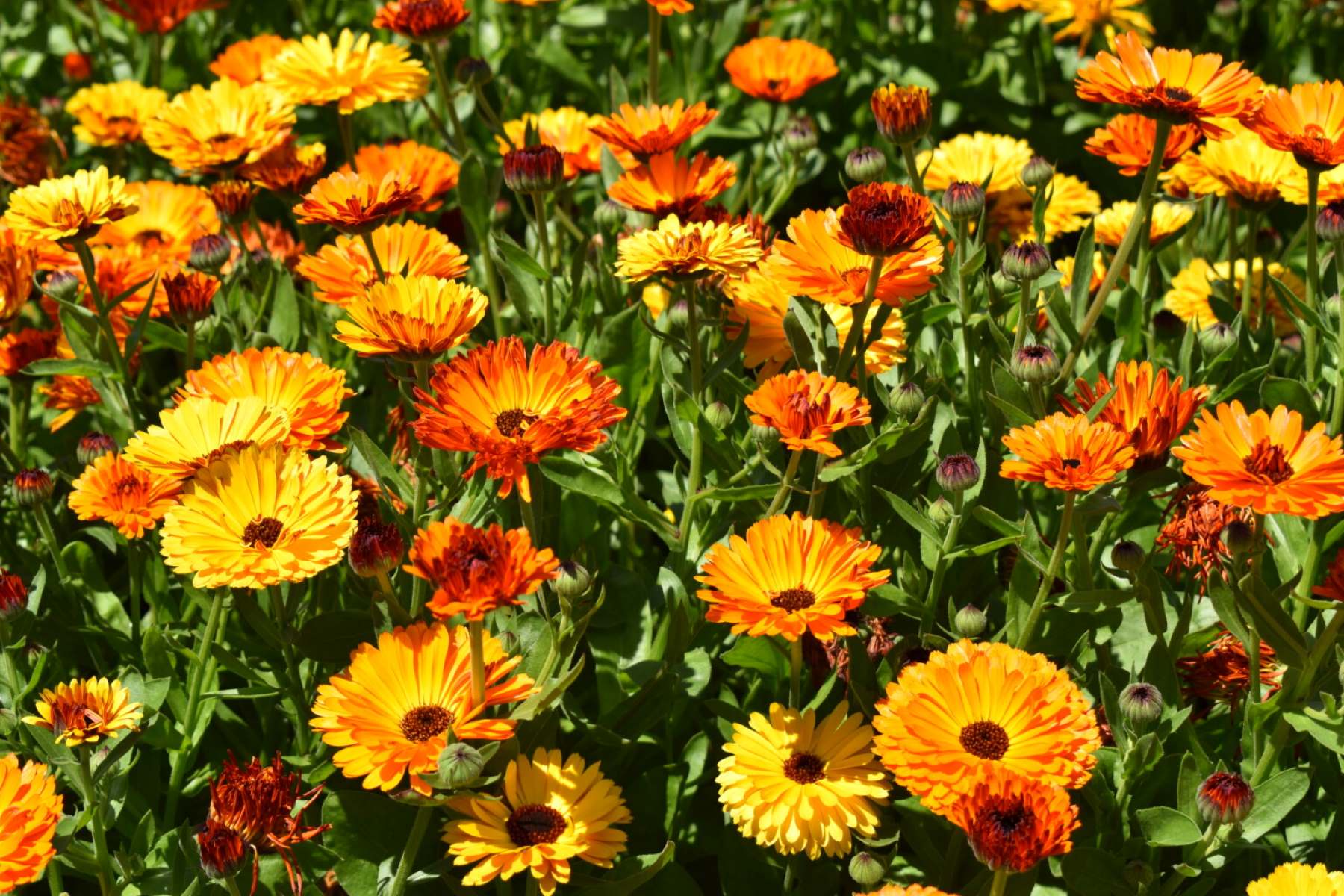
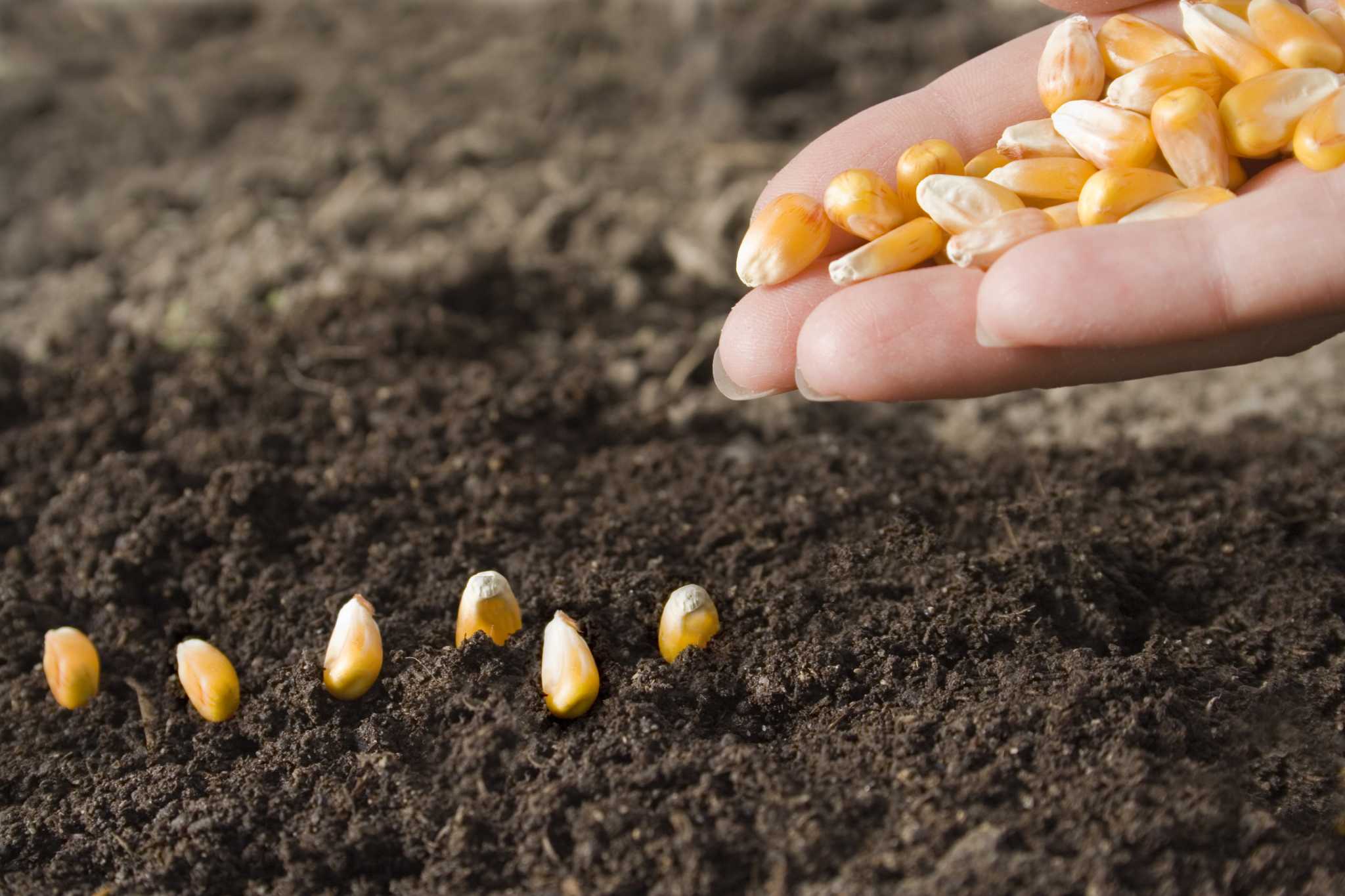
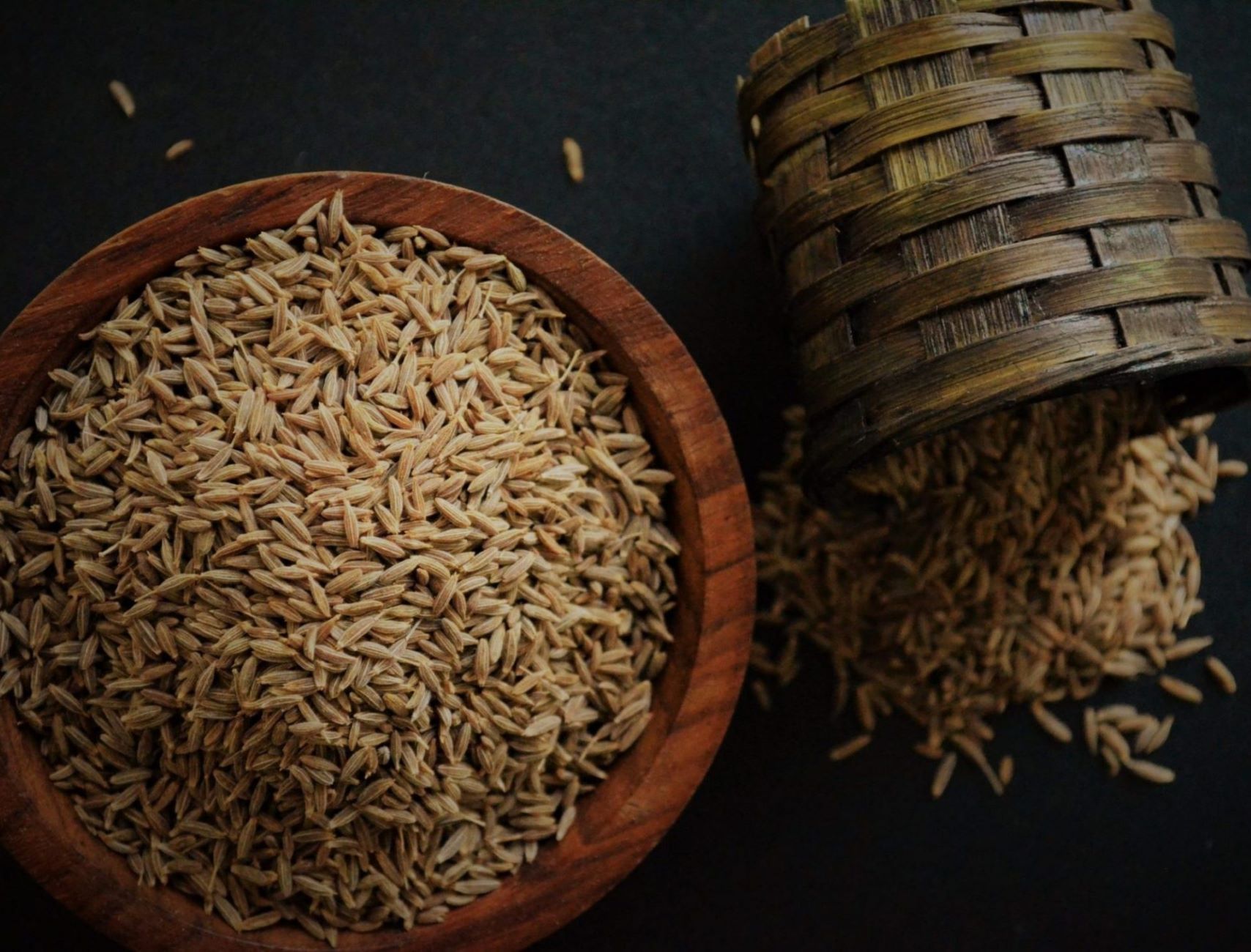

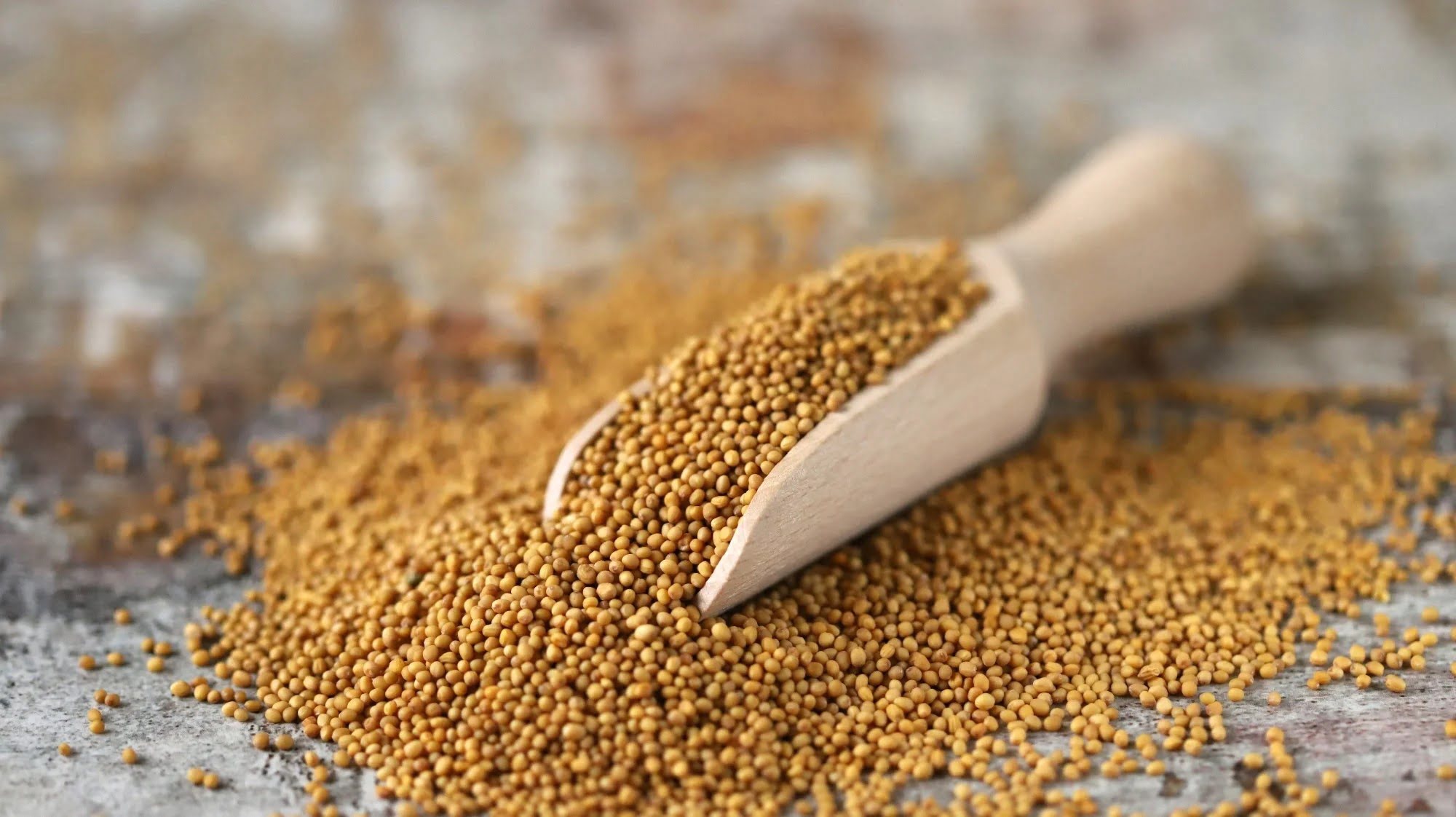
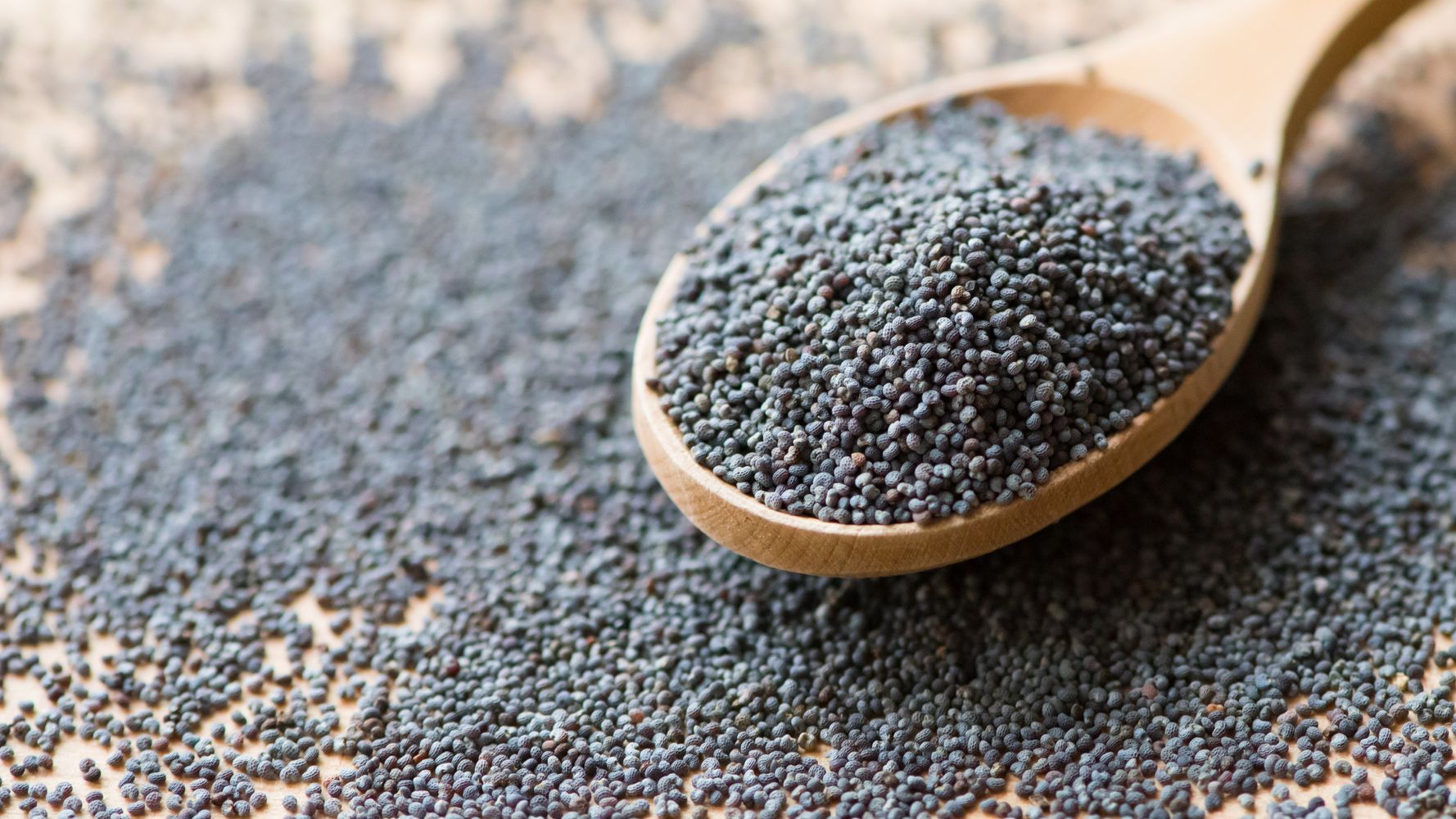
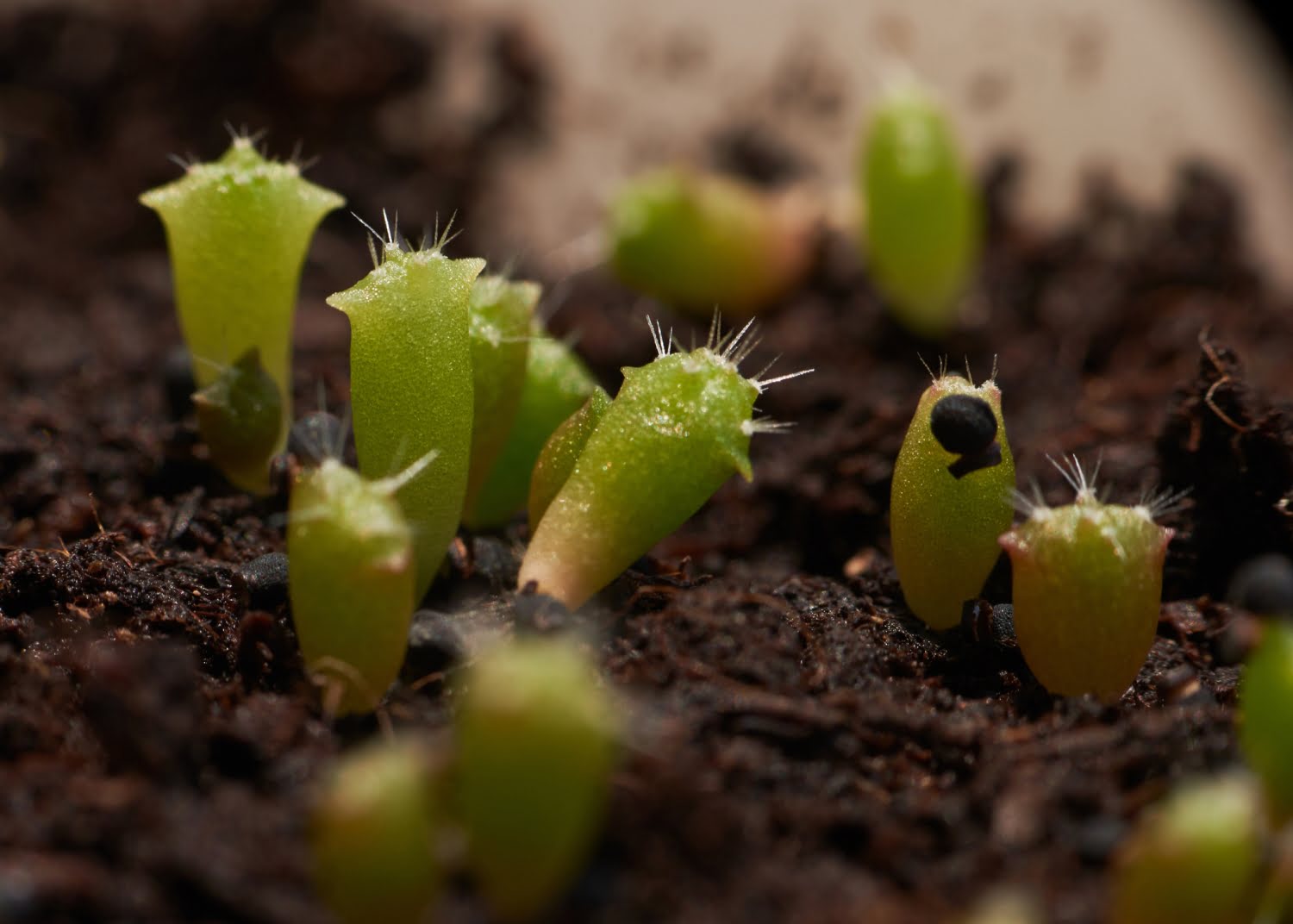
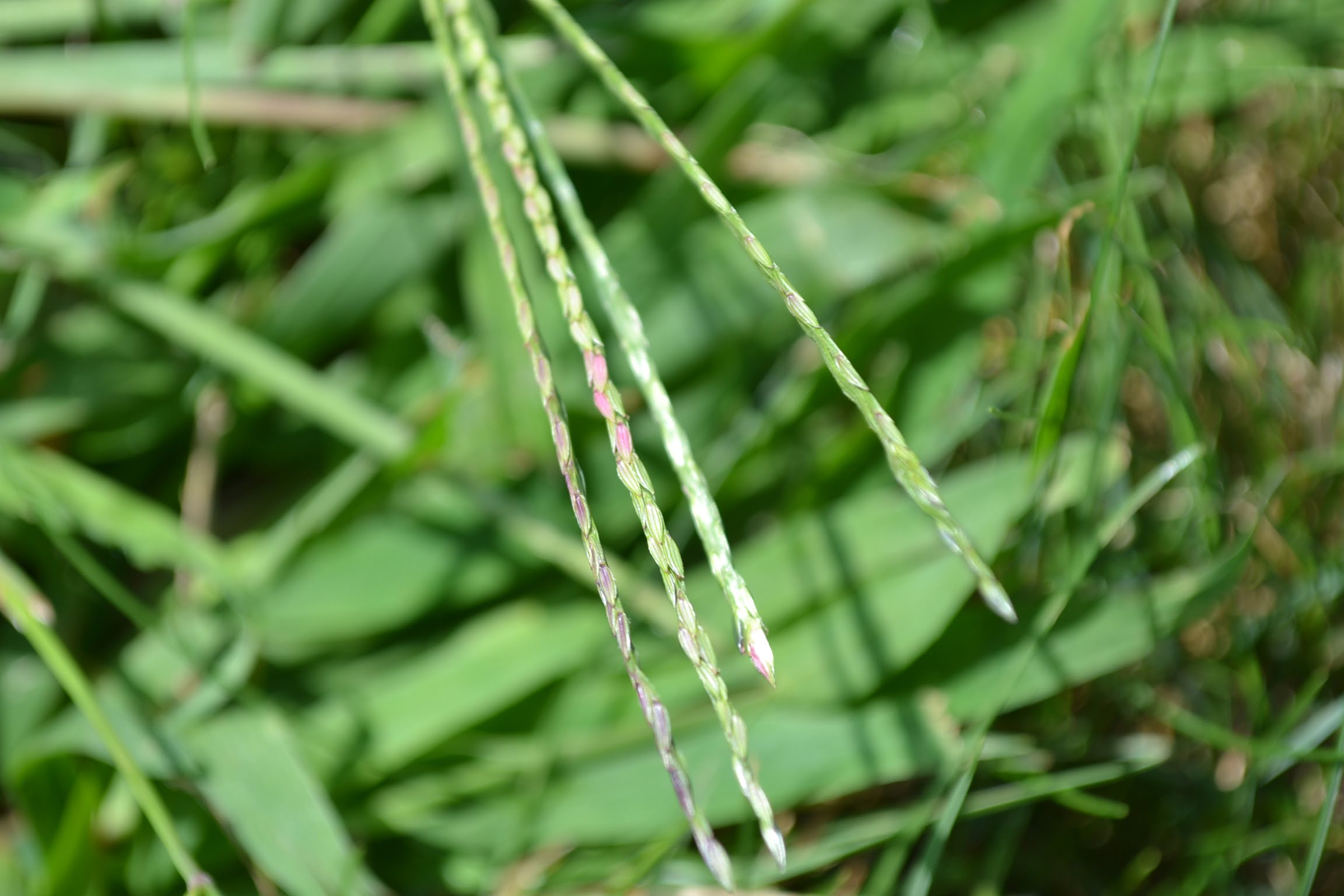
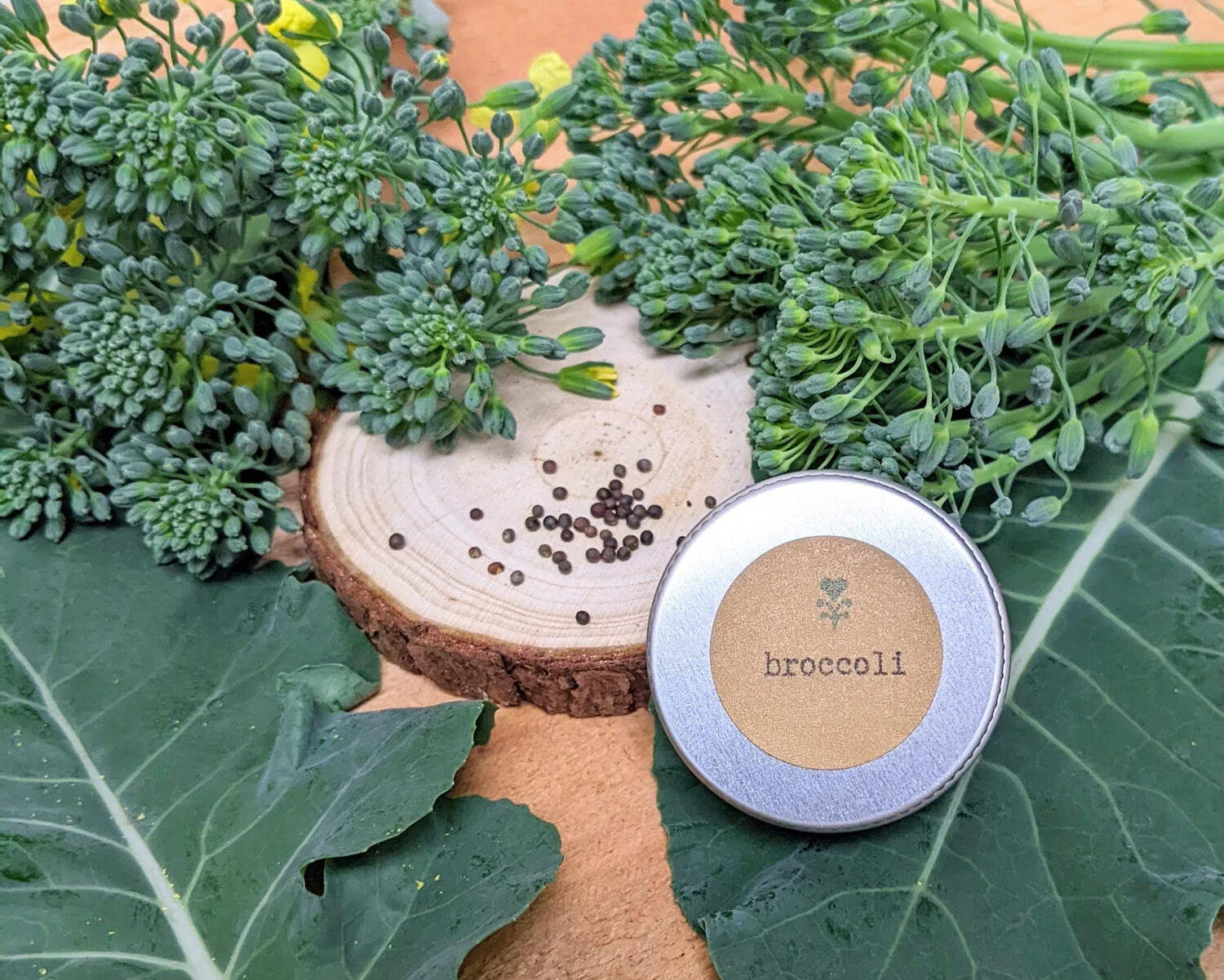
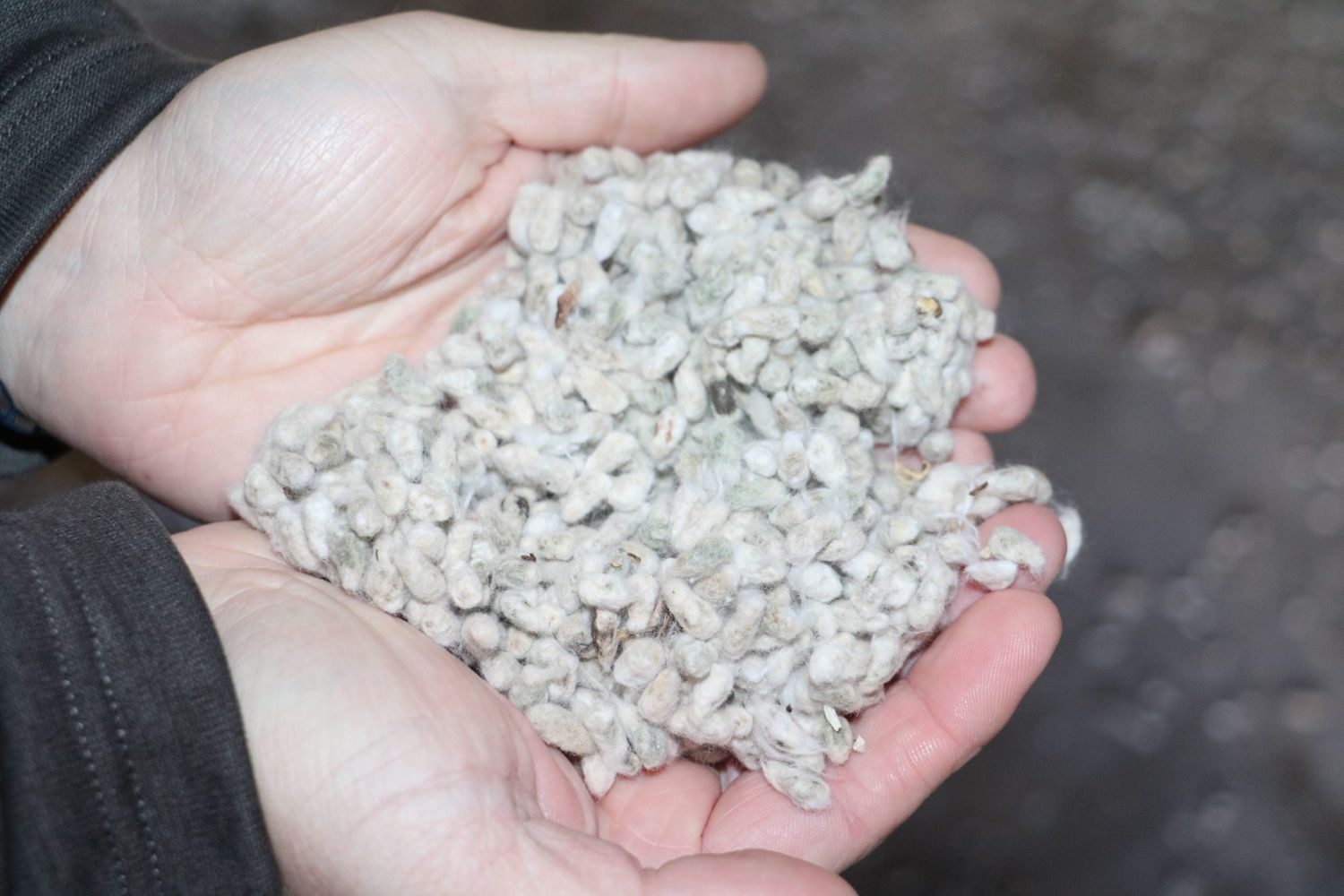

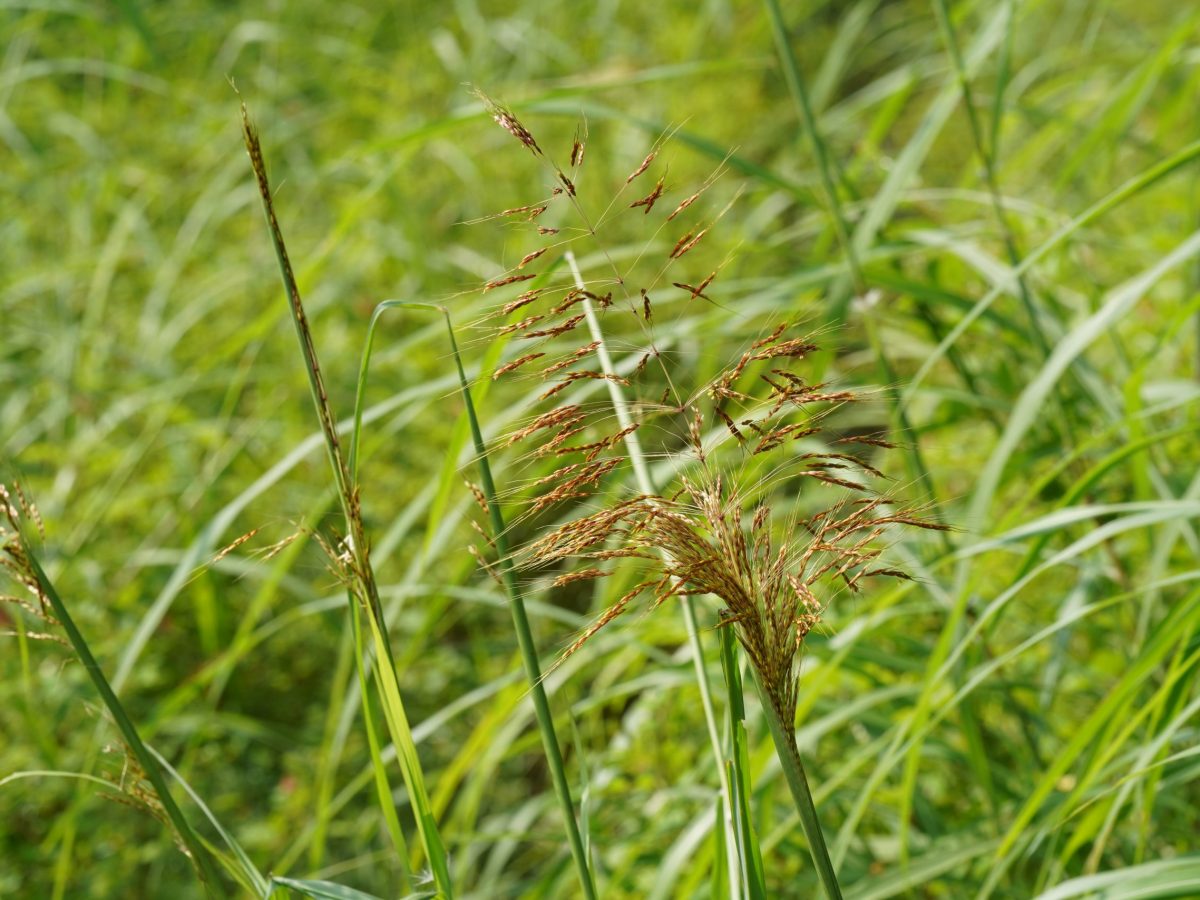
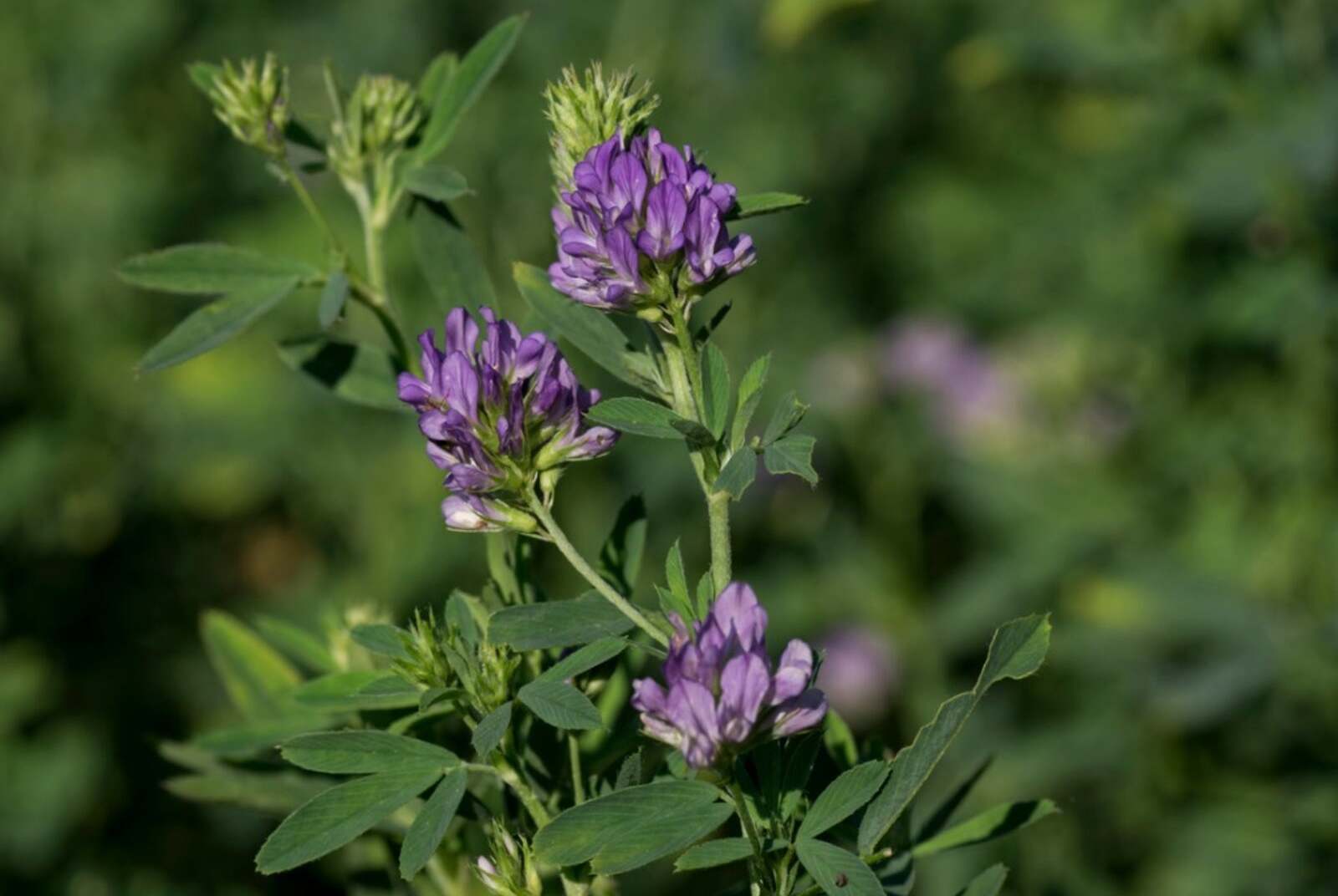
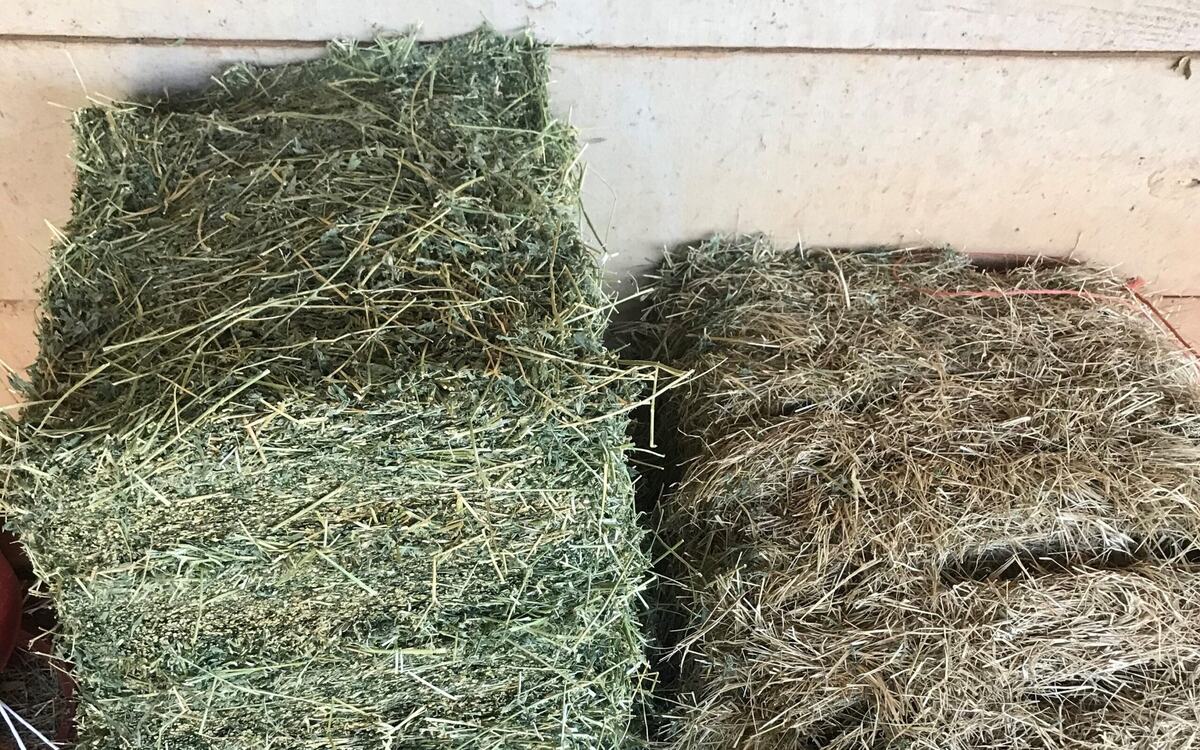

0 thoughts on “What Does Pampas Grass Seeds Look Like”